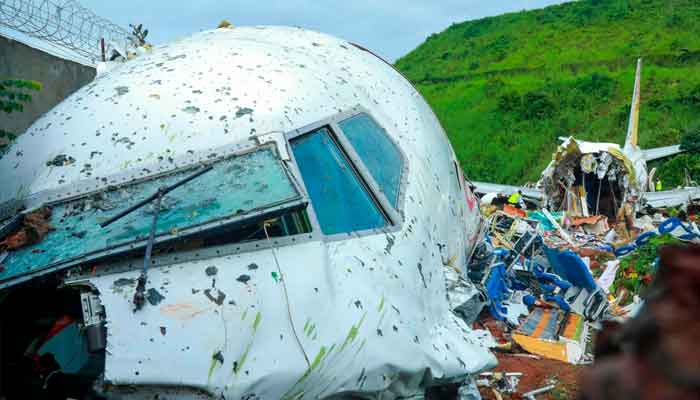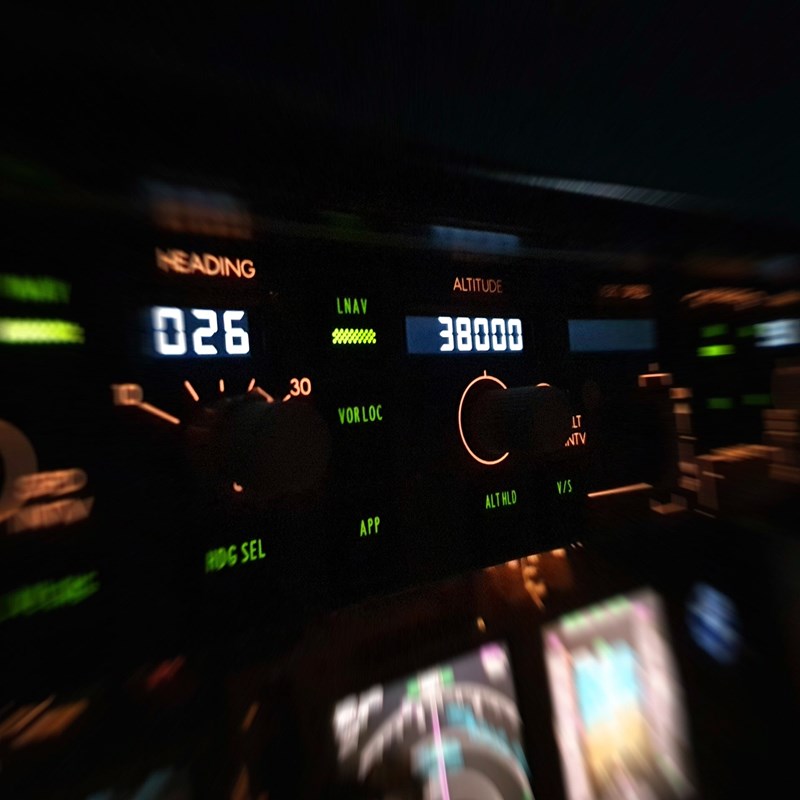7 August 2020 - Air India Express Flight 1344
Air India Express Flight 1344 was a scheduled international flight on 7 August 2020 from Dubai, United Arab Emirates, to Kozhikode, India, landing at Calicut International Airport. The flight was part of the Vande Bharat Mission to repatriate Indian nationals stranded due to the COVID-19 pandemic. The flight crew aborted two landing attempts because of heavy rain and tailwind. On the third landing attempt, the aircraft touched down on runway 10, but skidded off the end of the tabletop runway and slid down a 9–10.5 m (30–35 ft) slope, killing 19 passengers and both pilots. The four cabin crew members and 165 passengers survived, of whom all but two were injured. This was the second fatal accident involving Air India Express, after the 2010 Mangalore crash.
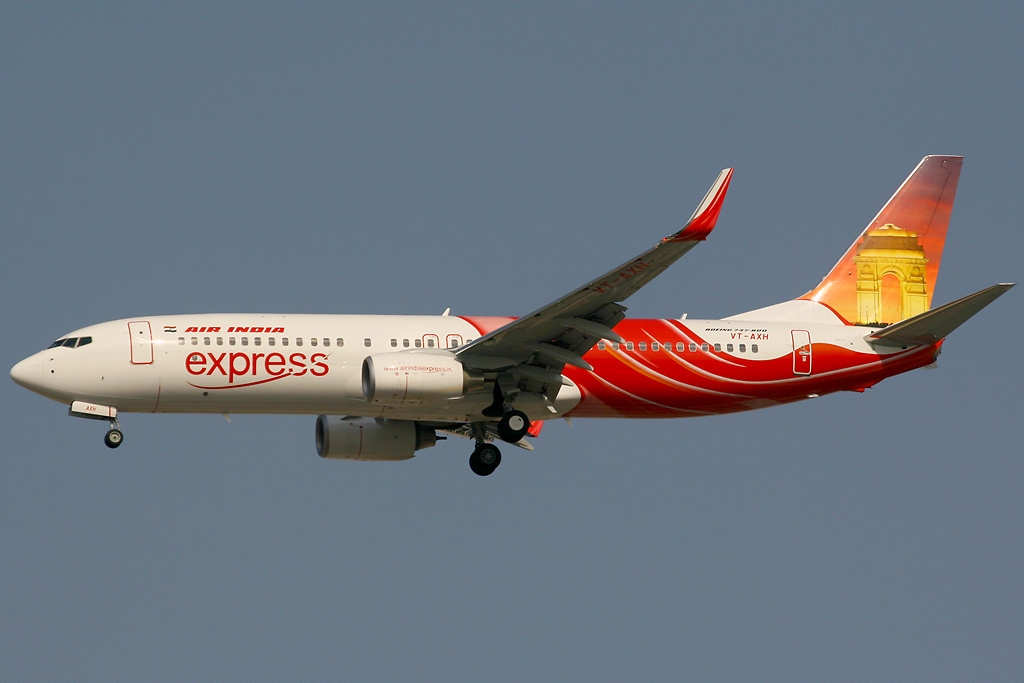
Calicut International Airport in Karipur, Malappuram, is considered one of the most dangerous airports in India, according to India's Directorate General of Civil Aviation (DGCA). It has a tabletop runway, that is a runway located on the top of a plateau or hill with one or both ends adjacent to a steep precipice which drops into a gorge. The DGCA designated Calicut Airport as a "critical airfield", which means that only the captain (and not the first officer) can perform takeoffs and landings there. The Airports Authority of India says that the airport is licensed for use in all weather conditions under instrument flight rules, but that the pilots operating flights to and from Calicut Airport (both day and night) should have sufficient flying hours at night to handle the dangerous conditions.
Captain Mohan Ranganathan, a member of a safety advisory committee of the Ministry of Civil Aviation, said in 2011 that Calicut Airport is "unsafe". He recommended that Calicut Airport not be used for landing during wet weather. He observed that the airport had a tabletop runway with a steep down-slope from one-third of the runway 10 and inadequate "buffer zones", referring to the runway end safety areas (RESA) at both ends of the runway. Instead of the recommended 240 m (790 ft) safety area, it had only 90 m (300 ft). The width of runway 10 is only half of the minimum width that existing regulations require, with very little buffer zone on either side, whereas the recommended width is 150 m (490 ft). Calicut Airport also lacked an engineered materials arrestor system (EMAS), which could have prevented the accident. He also reported that there were heavy rubber deposits on the runway. Calicut Airport's management ignored several warnings about the dangerous conditions at Calicut Airport, especially during wet conditions. Many international airlines stopped landing wide-body aircraft at Calicut because of the dangerous conditions. Ranganathan said "The warnings were ignored... in my opinion, it is not an accident but a murder. Their own audits have had flagged safety issues".
Conditions at Calicut Airport were investigated in 2019, following a tailstrike during the landing of Air India Express aircraft. The investigation revealed several safety hazards, including multiple cracks in the runways, pools of stagnant water, and excessive rubber deposits. In July 2019, the DGCA issued a show-cause notice to the director of Calicut Airport because of these hazards
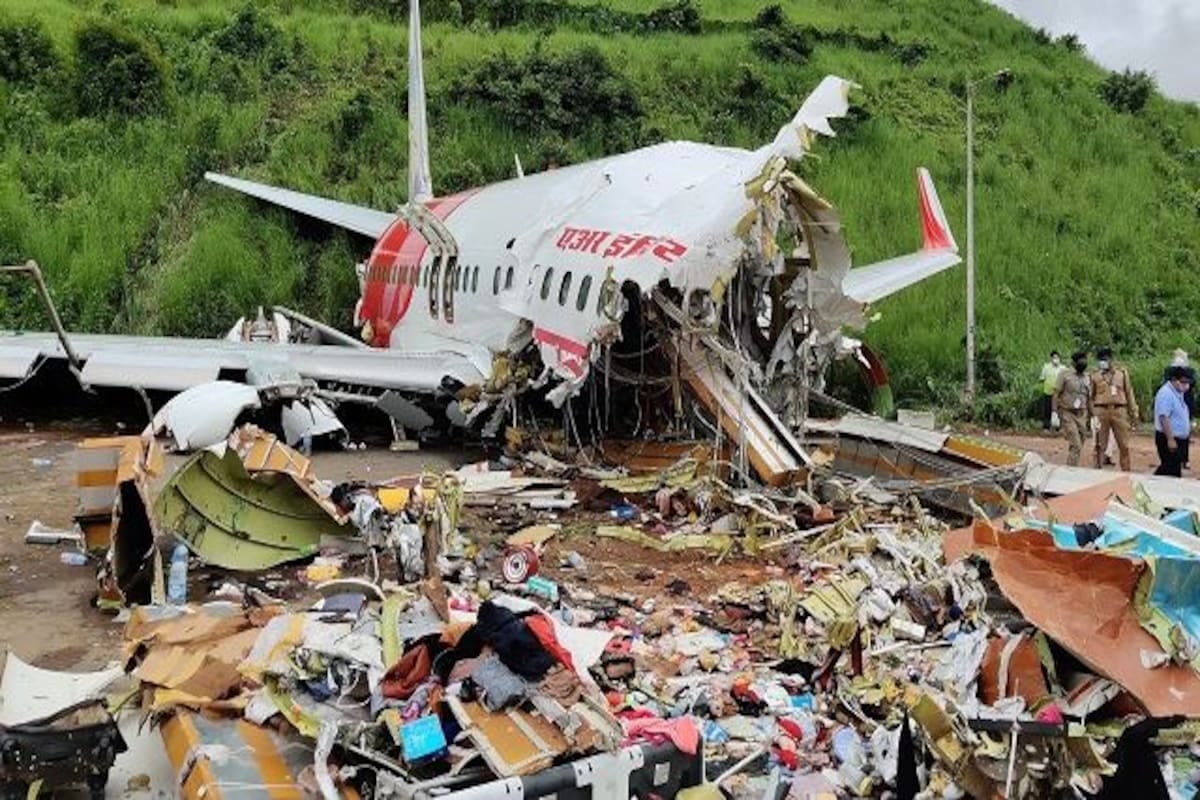
The aircraft departed stand E6 and took off from runway 30R at Dubai International Airport on 7 August 2020, at 14:14 GST (7 August 2020, 10:14 UTC) and was scheduled to arrive at Calicut International Airport at 19:40 IST (7 August 2020, 14:10 UTC), covering a distance of 2,673 kilometres (1,661 mi). It was a repatriation flight for people who had been stranded abroad due to the COVID-19 pandemic, under the Vande Bharat Mission.
The aircraft reached the airport on schedule. The approach was for runway 28, but two landings were aborted due to tailwind and the aircraft circled, waiting for clearance before making a landing on runway 10. At around 19:37 IST (14:07 UTC), they were given clearance to land on runway 10. Due to the monsoon and floods in Kerala at the time, inclement weather conditions reduced visibility at the time of landing to 2,000 m (6,600 ft). Runway 28 was operational and in the first landing attempt, the pilot could not see the runway thus requested for runway 10. On the second attempt on 2,860 m (9,380 ft) runway 10, the aircraft touched down near taxiway ''C'', which is approximately 1,000 m (3,300 ft) beyond the runway threshold. The aircraft failed to stop before the end of the tabletop runway and plunged 9–10.5 m (30–35 ft) into a gorge, splitting the fuselage into two sections upon impact. The accident site was around 3 km (9,800 ft) from the airport terminal. No post-crash fire was reported. It was suggested that the crew shut off the engines on landing, which may have saved lives by preventing a fire. According to a CISF officer, the aircraft did not slide into the gorge. It took off from the cliff and then collapsed.
DOWNLOAD the final Accident Report
